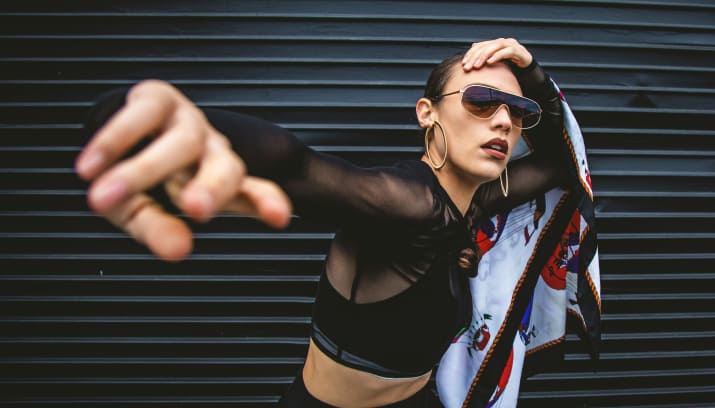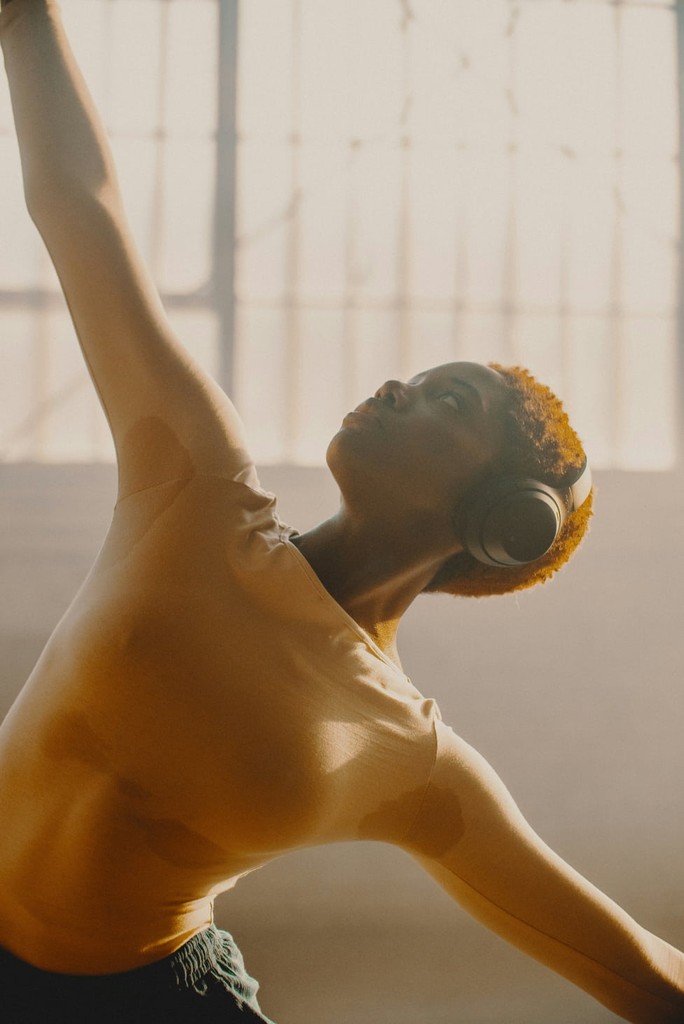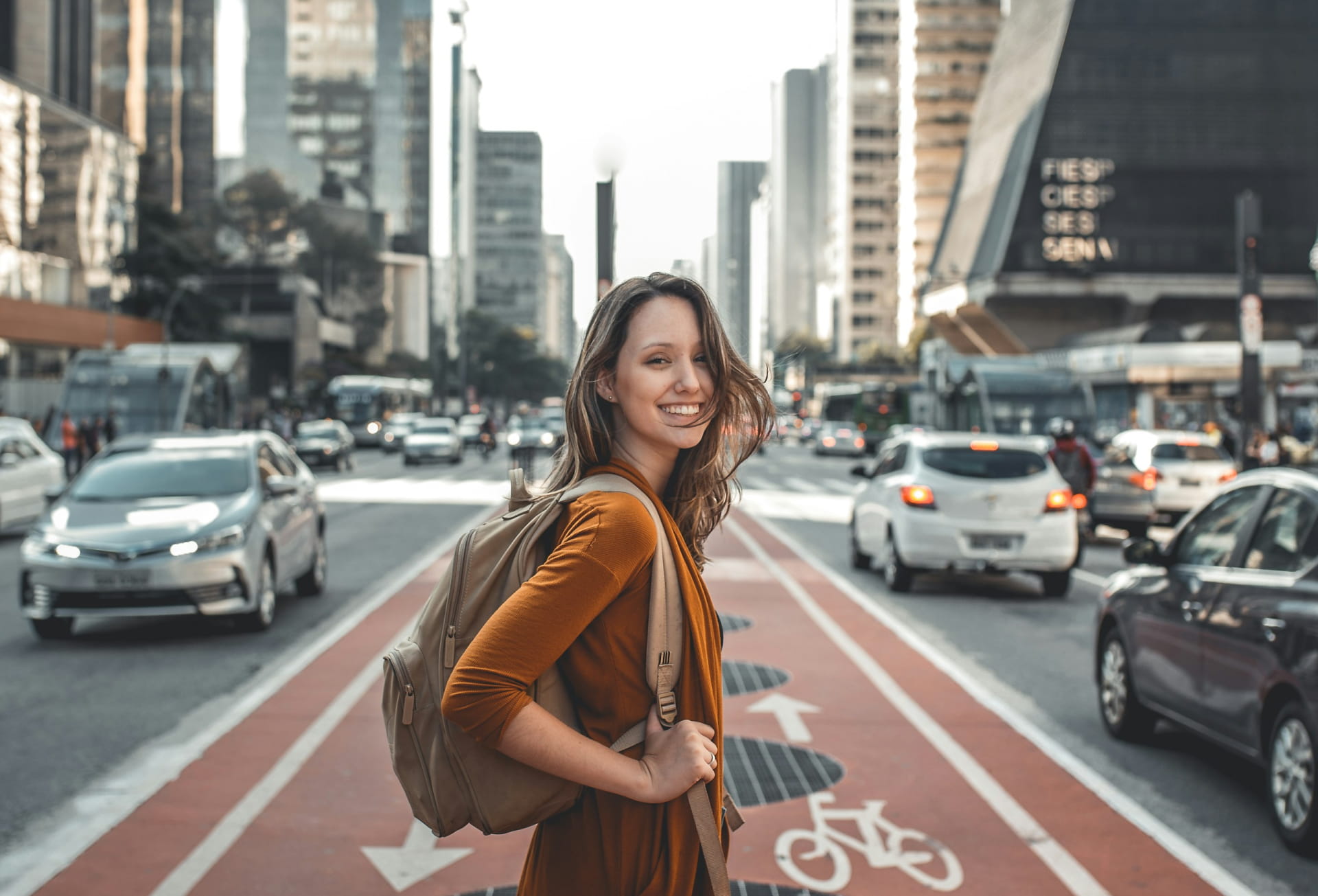When it comes to photography, location is more than just a backdrop—it’s the soul of your shoot. Whether you’re capturing portraits, landscapes, or lifestyle moments, the right location sets the tone and elevates the story.
Here’s how to ensure your photoshoot location enhances your creative vision and delivers stunning results.
1. Define Your Shoot’s Purpose
Before scouting for a location, ask yourself:
What story are you trying to tell?
What mood or vibe do you want to evoke?
For instance, an urban setting with modern architecture complements a fashion photoshoot, while a serene park or beach is ideal for engagement or family portraits. Aligning the location with your theme ensures your visuals resonate with your audience.
2. Understand Your Lighting Needs
Lighting is a key element of photography, and your location significantly impacts it. Consider:
Natural Light: Outdoor locations offer dynamic lighting but require planning for golden hour (sunrise or sunset) or overcast days for softer shadows.
Controlled Light: Studio or indoor shoots give you full control but may lack natural ambiance.
Scout the location at the time of your planned shoot to observe how light interacts with the space.
3. Evaluate Accessibility and Logistics
A dreamy location can quickly become a nightmare if it’s hard to access. Consider:
Travel Time: How far is the location, and is it convenient for you and your team?
Permits: Some public spaces require permissions or fees. Research and secure these in advance.
Facilities: Does the location offer amenities like parking, restrooms, or changing areas?
4. Match the Location to Your Subject
A location should enhance, not overshadow, your subject. For example:
For portrait photography, choose a space with minimal distractions, like a simple wall or a natural setting.
For brand or product shoots, align the background with the product’s story, such as a sleek office for tech gadgets or a cozy café for lifestyle items.
5. Look for Versatility
Opt for locations that offer multiple shooting angles or settings. A park with a mix of open fields, tree cover, and water features gives you diverse backdrops in one spot, maximizing creative opportunities.
6. Plan for Seasonal and Weather Variations
The time of year and weather conditions can drastically alter the look of a location.
A vibrant autumn forest can become barren in winter.
Rain can add drama to an urban shoot but might disrupt a sunny picnic scene.
Always have a backup location in case of unexpected weather changes.
7. Incorporate Unique Elements
Uncommon features make your photos stand out. Look for:
Interesting textures (brick walls, graffiti, or stone paths).
Unique props like vintage furniture or dramatic architectural elements.
Dynamic elements like moving water or busy streets for an urban vibe.
8. Leverage Online Tools for Location Scouting
Save time by using digital resources:
Google Earth or Google Maps Street View for virtual scouting.
Instagram: Search location hashtags for inspiration and real-world examples.
Photography Forums: Platforms like Flickr or 500px often highlight popular (and hidden) shooting spots.
9. Visit in Advance
If possible, visit the location before the shoot. Pay attention to:
How crowded it is at your intended time.
Potential hazards (uneven terrain, restricted areas).
Creative opportunities you may have missed online.
10. Trust Your Vision
At the end of the day, the best location is the one that fits your style and vision. Don’t be afraid to think outside the box—sometimes, the most unexpected places yield the most extraordinary results.
Conclusion
Selecting the right location is both an art and a science. By understanding your shoot’s needs, scouting thoroughly, and planning for contingencies, you can ensure your photoshoot not only meets but exceeds your expectations. After all, the right setting can turn an ordinary photo into an unforgettable masterpiece.



